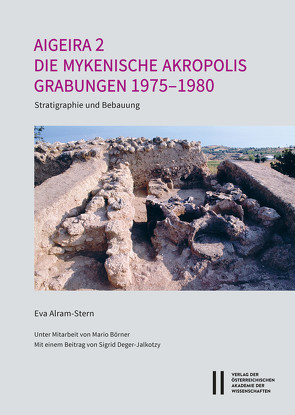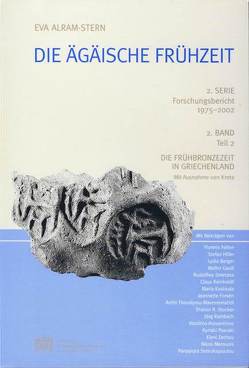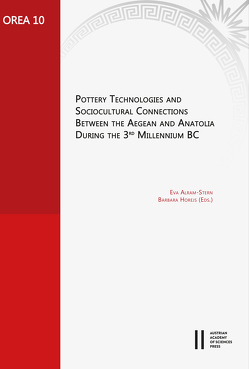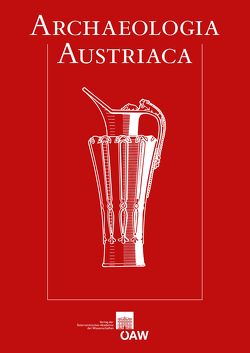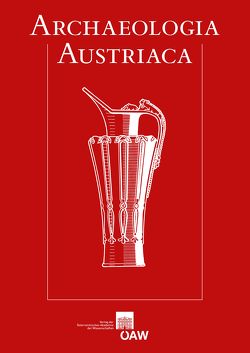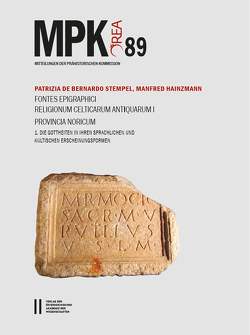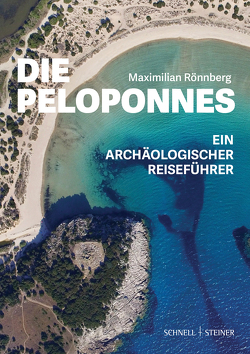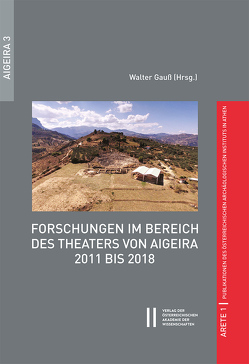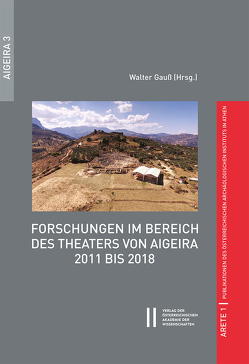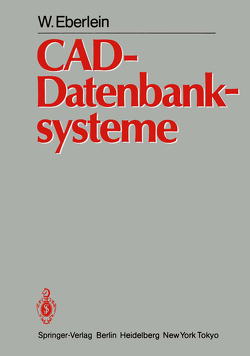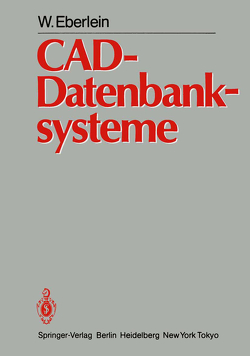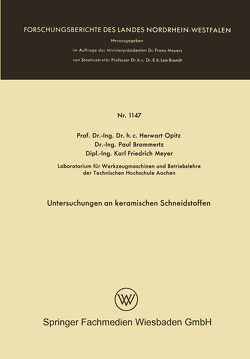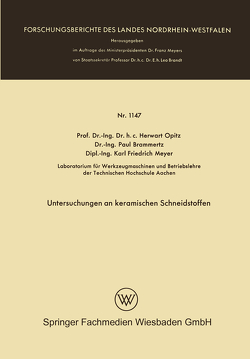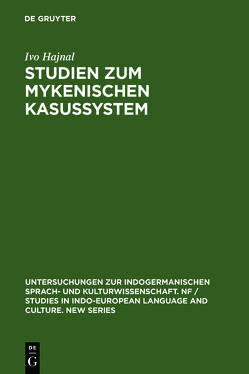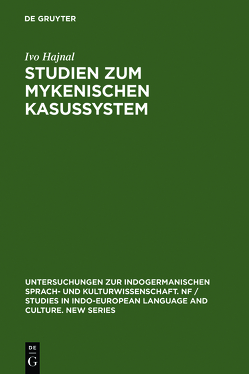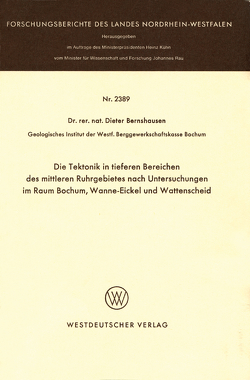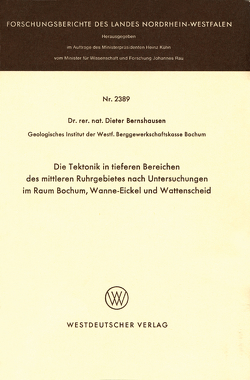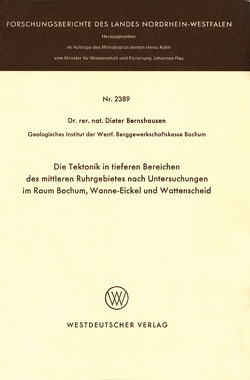Aigeira 2. Die österreichischen Ausgrabungen von Aigeira in Achaia
Die mykenische Akropolis. Grabungen 1975–1980. Stratigraphie und Bebauung. Unter Mitarbeit von Mario Börner. Mit einem Beitrag von Sigrid Deger-Jalkotzy
Eva Alram-Stern, Mario Börner, Sigrid Deger-Jalkotzy
Das antike Aigeira auf der Peloponnes zeichnet sich durch eine mykenische Siedlung aus, die sich über die höchsten Teile des Geländes erstreckt. In dem hier vorgelegten Band wird der höchste Punkt dieser Siedlung, die sog. Akropolis, die im 12. Jahrhundert v. Chr., also nach dem Fall der mykenischen Paläste, errichtet wurde, vorgestellt und basierend auf der Stratigraphie und den Befunden rekonstruiert. Ergänzend werden die Vorratsgefäße und die keramischen Ganzgefäße, die für die Rekonstruktion der Aktivitäten in der Siedlung wichtig sind, neu präsentiert. Aus der Anordnung der Räume, Höfe und Wege, der Öfen und Herdstellen, der Kleinfunde, der Vorratsgefäße und der in situ angetroffenen Keramikgefäße, ergibt sich das Bild einer in Hauskomplexe organisierten Siedlung. Jeder Hauskomplex kann einem Haushalt, dem Familienstrukturen zugrunde liegen, zugeordnet werden. Diese Hauskomplexe zeichnen sich durch Lagerhaltung, Produktion von Gütern und Nahrungskonsumation bei Festen aus. Gleichzeitig wird der gehobene soziale Status der Bewohner durch einen Kultraum unterstrichen. Während der Spätphase ist die Siedlung von einer Befestigungsmauer eingefasst, welche sie von den unterhalb gelegenen Häusern abgrenzt und als wichtigsten Punkt des Siedlungsareals kennzeichnet.
Ancient Aigeira in the Peloponnese is characterized by a Mycenaean settlement situated on the upper parts of the area. Based on its stratigraphy and findings, we reconstruct the top of this settlement, the so-called acropolis, which was built after the fall of the Mycenaean palaces, i.e. during the 12th century BC. In addition, the storage vessels and the well-preserved pottery vessels which are of importance for the reconstruction of the settlement are presented for the first time. From examining the layout of the rooms, courts and alleys, the hearths and ovens, the small finds, the storage vessels and the pottery vessels found in situ, we are able to distinguish a settlement organized in house complexes. Each house is attributed to a household, which is based on family structures. These house complexes are characterized by storage, production of goods and consumption in the course of feasting. At the same time the high social status of the inhabitants is highlighted by a cult room. During its final phase the settlement is surrounded by a fortification wall which demarcates the acropolis from the houses on the lower terraces and marks it as the most important part of the settlement area.
